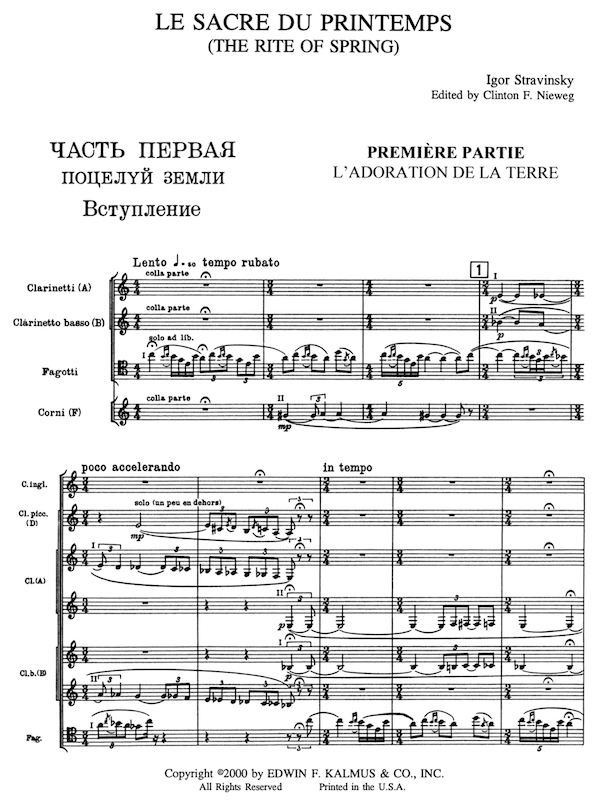Fair point. I over-reacted.MIDI Life Crisis wrote:Of course, members are free to ignore any discussion. If, OTOH, one is only seeking responses in support of one’s thesis, the internet may not be the best place to propose it. Similarly, those with contrary views may also be successfully “ignored” but doesn’t that negate the whole concept of “discussion?”
This just seemed dismissive at first, but on re-reading, I get his point. Apologies, Mike.mikehalloran wrote:It looks like trying to solve a non-problem in an ancient way that has never worked.
Three problems:MIDI Life Crisis wrote: Getting back on topic... I still fail to see the “problem” that is being presented.
1. Standardizing of 4-beats as "the unit of measurement" is clunky, and may lead to people thinking that 4/4 is the "most normal" starting point. Some of those people develop hardware and software that further hardens this thinking that 4/4 is simply it. It just forces a bias that 4/4 is somehow safer/better, etc. Granted, it is "safer" more "common" but not better. We could just as easily decide that a 3 beat cycle is the must pure and true and perfect beat grouping. Simply renaming the notes based on 1 beat, rather than 4 doesn't require any re-working of notation.
2. Time signatures often have a bit of ambiguity about how they are counted. So, for example in sight-reading a part for a musical, sometimes I have to add notes about where the beat is felt, and the actual printed time-signature itself did more to throw me off than help. And, again, I have dealt with a handful of iOS app developers who insist on using traditional time-signatures in their apps, but use them incorrectly which causes more hassles, and misses a potent opportunity to "teach" how time-sigs actually work. That last point is more a criticism of developers who have a superficial knowledge of theory. A slightly updated approach to time signatures would perhaps blend more effectively into modern sequencing.


